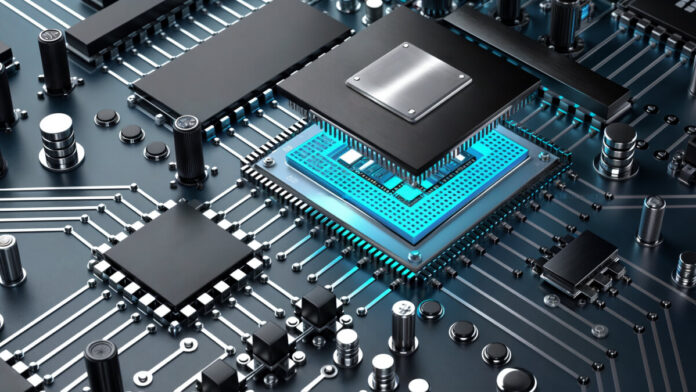The processor is the brain behind every smartphone in the growing world of technology. The quest for strong smartphone processors continues to be a key component of innovation since they are often praised as the brains behind flawless user experiences. These little but potent processors determine the device’s performance, efficiency, and capacities, which limits what contemporary smartphones are capable of.
Manufacturers constantly push the envelope regarding computing power, from MediaTek’s Dimensity portfolio to Qualcomm’s Snapdragon powerhouses to Apple’s painstakingly designed A-series Bionic CPUs. These CPUs power routine activities and state-of-the-art capabilities like 5G connection, immersive gaming, and AI improvements.
Here are the best Smartphone Processors
1. Apple A14 Bionic
Apple Inc.’s A14 Bionic, with its 64-bit ARMv8.4-A architecture, is a great mobile phone processors. Compared to its predecessor, this chipset increases GPU speeds by 30% and CPU performance by 40%. A six-core CPU architecture combines four effective Icestorm cores with two powerful Firestorm cores.
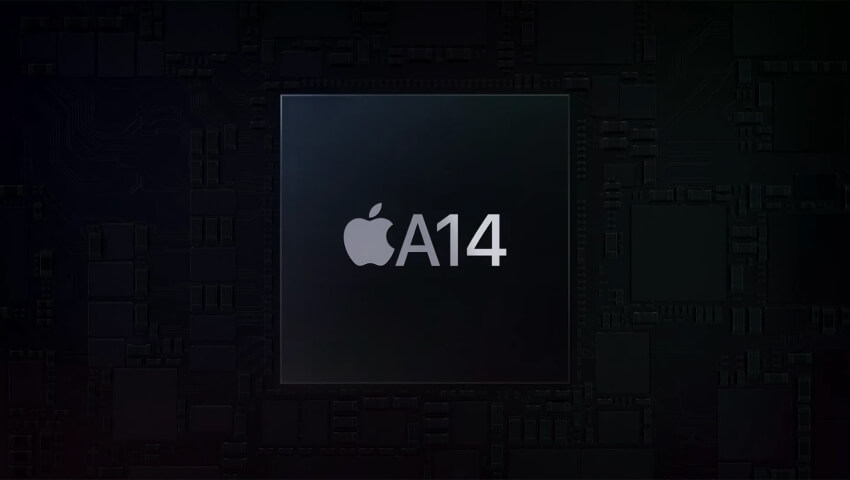
A 16-core neural engine and a state-of-the-art machine learning matrix accelerator augment its powers, providing an astounding tenfold increase in performance. Powered by a neural engine that can do around 11 trillion operations per second and sophisticated computational photography improvements, the A14 Bionic powers premier products such as the fourth-generation iPad Air and the iPhone 12 series.
2. Apple A17 Pro
Modern 3 nm technology from TSMC drives the iPhone 15 Pro and iPhone 15 Pro Max, powered by Apple’s most recent innovation, the Apple A17 Pro. It brings a 10% increase in CPU speed and a 20% improvement in graphics over the A16 Bionic. Ray tracing efficiency quadruples while AI processing performance increases double for the neural engine.

This breakthrough is attributed to improved components and manufacturing. The A17 Pro retains six cores, with two allocated for maximum performance and four for efficiency. Apple has not released the clock rates of its CPUs, but outside sources indicate that the performance cores should run at 3.7 GHz and the efficiency cores at 2.2 GHz.
3. Snapdragon 888
Qualcomm’s Snapdragon 888 is the peak of computing capability among Android snapdragan processors. This system-on-chip (SoC) uses the ARM architecture to combine many CPU cores, an Adreno graphics processing unit, a Hexagon digital signal processor, and a Qualcomm Spectra Image signal processor (ISP).
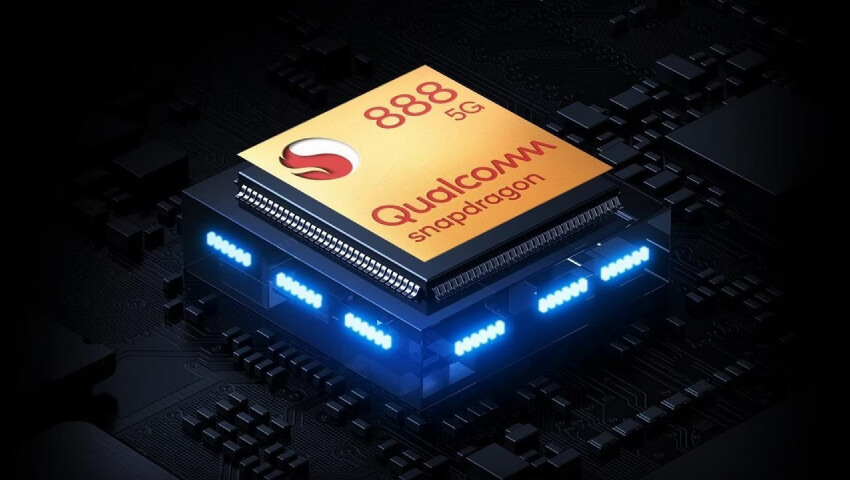
The Snapdragon 888, well known for its capacity to manage complex processing jobs, permits improved capabilities, particularly regarding camera performance. The OnePlus 9 Pro, Realme GT 5G, Vivo X60 Pro Plus, and Samsung Galaxy Z Fold 3 are notable smartphones in India that feature the Snapdragon 888, providing customers with a superior combination of performance and innovation.
4. Dimensions: 9200+
When examining performance, Mediatek’s new version of the Dimensity 9200, the Dimensity 9200+, stands pleasingly against Qualcomm’s Snapdragon 8 Gen 2. It was released in May 2023 and increased CPU and GPU performance by 10% due to its clock rates. The processor sees a significant 17% boost in performance.
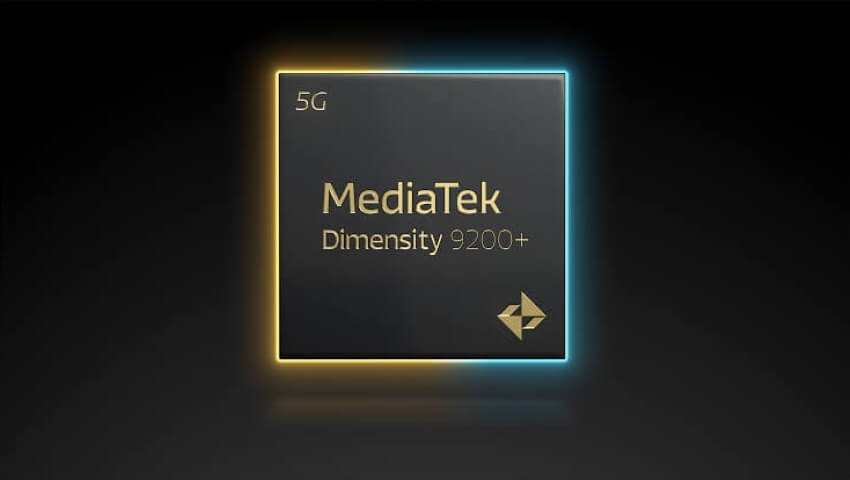
With an octa-core CPU configuration that has one Cortex-X3 prime core operating at 3.35 GHz, three Cortex-A715 medium cores operating at 3 GHz, and four Cortex-A510 efficiency cores running at 2.0 GHz, the Dimensity 9200+ has the architecture of its earlier version. An 11-core Mali-G715-Immortalis GPU powers and supports innovative capacities that include hardware ray tracing, MediaTek APU 680 AI processing, and MediaTek Imagiq 890 image processing.
5. Exynos 2100
Samsung’s Android processor, the Exynos 2100, which was in 2021, implies unique mobile processing technology. With a 5nm architecture and Arm’s Cortex cores, it overtakes its predecessors by 20% in performance and 10% in power consumption. With an unexpected 40% boost, the Arm Mali G78 MP14 GPU powers the best graphics performance.
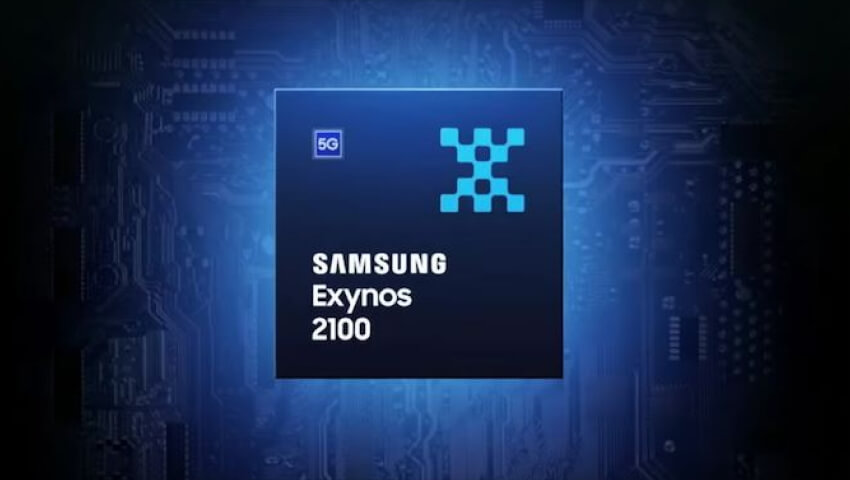
Samsung has retained a 5G modem that supports sub-6GHz speeds up to 5.1 Gbps and mm-wave rates up to 7.35 Gbps, stressing smooth communication. The Exynos 2100 has up to 200 MP camera resolutions, greatly improving smartphone photography. This potent machine powers the Samsung Galaxy S21 FE 5G, S21, and S21 Plus.
6. Dimensions 9200
MediaTek released the Dimensity 9200 in November 2022. TSMC uses cutting-edge 4 nm technology to make this top-tier SoC. This chipset improves on the Dimensity 9000 with increased computing and graphical capabilities.
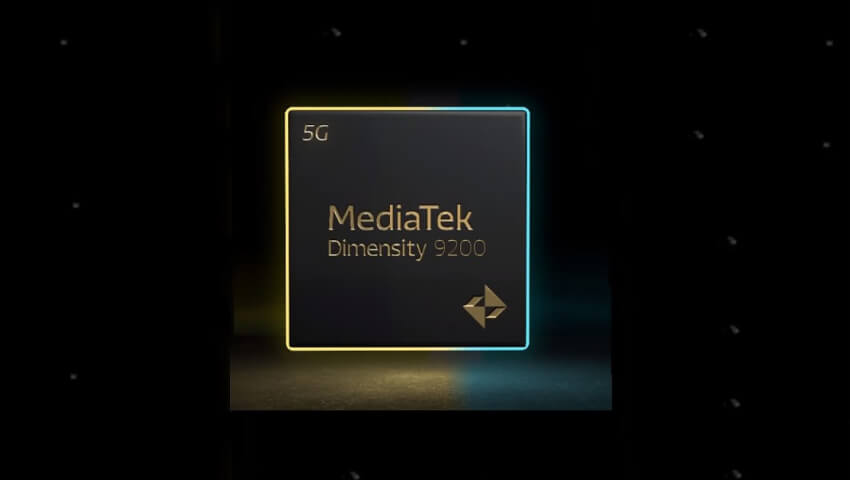
The Dimensity 9200 improves single-core performance by 10% and multi-core performance by 12% with a 25% power efficiency boost. The MediaTek APU 690 AI CPU and Immortalis-G715 GPU provide hardware-based ray tracing and RGBW sensors for better photographs.
7. Kirin 9000
The HiSilicon Kirin 9000 is a leading tablet and phone ARM-based octa-core SoC. It balances performance and economy with eight CPU cores. Three ARM Cortex-A77 cores can achieve 3.13 GHz, while four efficiency cores may reach 2.05 GHz. Another three Cortex-A77 cores can achieve 2.54 GHz.
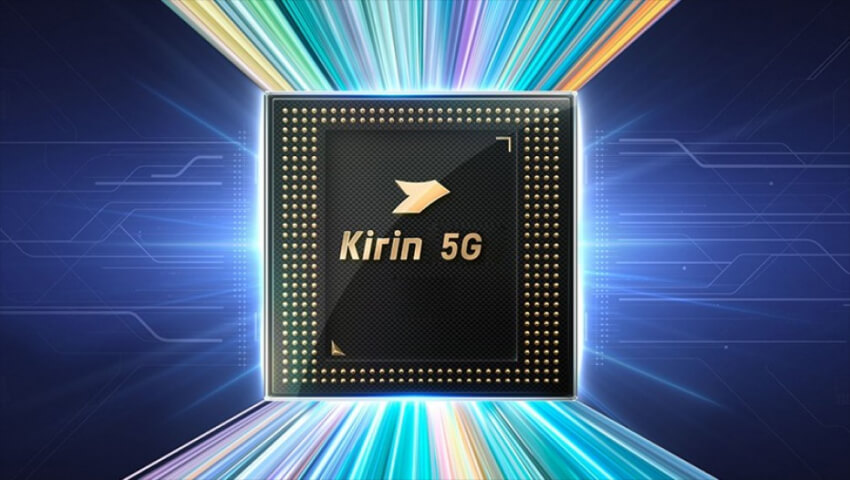
The 24-core Mali G78 architecture boosts graphics performance. The Kirin 9000 has Da Vinci Architecture 2.0 for AI processing and 5G modem capabilities with SA & NSA, Sub 6G, and mmWave bands. It powers Huawei Mate 40 Pro and P50 Pro and performs alongside the Apple A13 Bionic.
8. Snapdragon 8+ Generation 1
Launched in the third quarter of 2022, the Snapdragon 8 Plus Gen 1 enhances its predecessor with 10% quicker CPU and GPU speed, 30% more battery efficiency, and 20% more AI capabilities. It includes eight CPU cores with an ARM v9 architecture in a 1 + 3 + 4 configuration: four Cortex A510-based Kryo Silver cores at 2.0 GHz, three Cortex A710-based Kryo Gold cores at 2.75 GHz, and a Cortex X2-based Kryo Prime core at 3.2 GHz.

All clusters are capable of overclocking, which offers significant performance improvements. Together with the X65 5G modem, which delivers lightning-fast speeds of up to 10 Gbps, and an Adreno 730 GPU operating at 900 MHz, the chipset also has FastConnect 6900, Bluetooth 5.3, and WiFi 6E for seamless communication.
Also See: How to Choose the Best Laptop Processor: 8 Essential Tips
9. Exynos 1080
Samsung’s Exynos 1080 was launched in 2020 and is a substantially advanced mid-range Android processor. It is the first 5G gadget to include a full HD resolution display with a stunning 144 Hz refresh rate and employs a 5nm EUV chip. Thanks to its unique 5 nm architecture, which has an octa-core arrangement in a 4+3+1 configuration, it competes with top processors such as the Apple A14 and Huawei Kirin 9000.
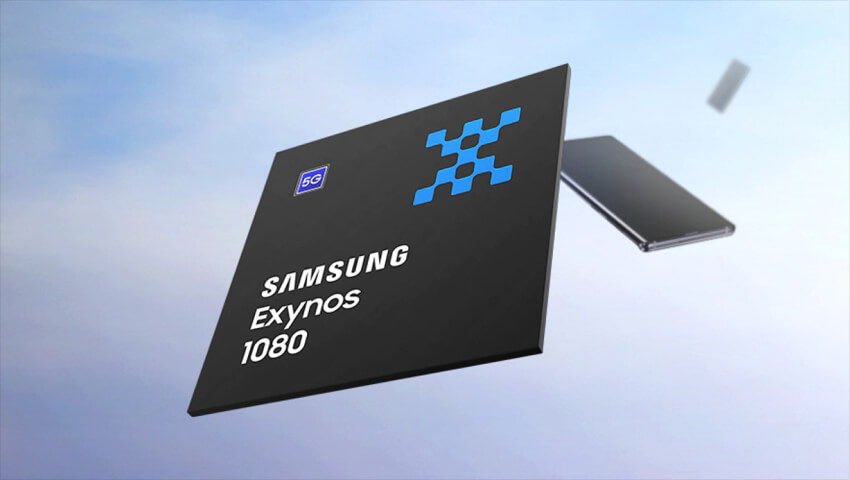
The octa-core processor consists of three Cortex A78 cores at 2.6 GHz, four Cortex A55 cores at 2.0 GHz, and one Cortex A78 core at 2.8 GHz. It handles a 200 MP camera sensor while providing excellent graphics performance because of an improved Mali G78 MP10 GPU. With support for 5G NR Sub 6GHz, mmWave, Bluetooth 5.2, WiFi (802.11ax), FM radio, and Bluetooth 5.2, the Exynos 1080 offers great connectivity thanks to its unique 5.7 trillion operations per second capacity with its NPU and DSP. The Vivo X60 and Vivo X60 Pro use this processor.
10. Apple A15 Bionic
The Apple A15 Bionic chipset, which powers the iPhone 13 series, is validation of the company’s commitment to elevated performance. Hailed for its faster data processing speed, this chipset’s superiority results from a redesigned GPU, an enhanced neural engine, and cutting-edge AI technology, which produce images with unmatched quality. It uses two high-performance and four-efficiency cores, much like the A14 Bionic.

It has an astounding 15 billion transistors, a massive increase over the 11 billion of the A14. Benchmark testing revealed impressive single-core and multi-core scores of 1,746 and 4,772 on Geekbench. The A15 Bionic, which powers various Apple products, such as the iPad Mini 6th generation and the iPhone 13 series, is the ideal of mobile computing creation.
Conclusion
Examining the top smartphone processors shows their core in the growing world of smartphone technology. Every processor, from MediaTek’s Dimensity line to Qualcomm’s Snapdragon beasts and Apple’s A-series Bionic processors, results from years of innovation that has led to previously unheard-of performance and user experiences.
These titans of technology revolutionize routine activities and provide new avenues for AI, gaming, photography, and networking. As we explore the world of smartphone processors, we see a never-ending quest for innovation, with each chip aiming to push the envelope of what’s feasible in our palms and influence the direction of mobile computing.
